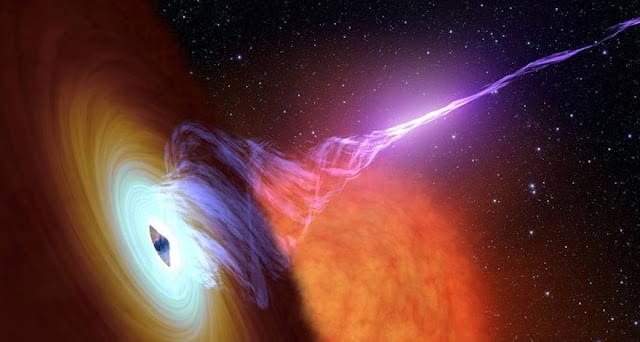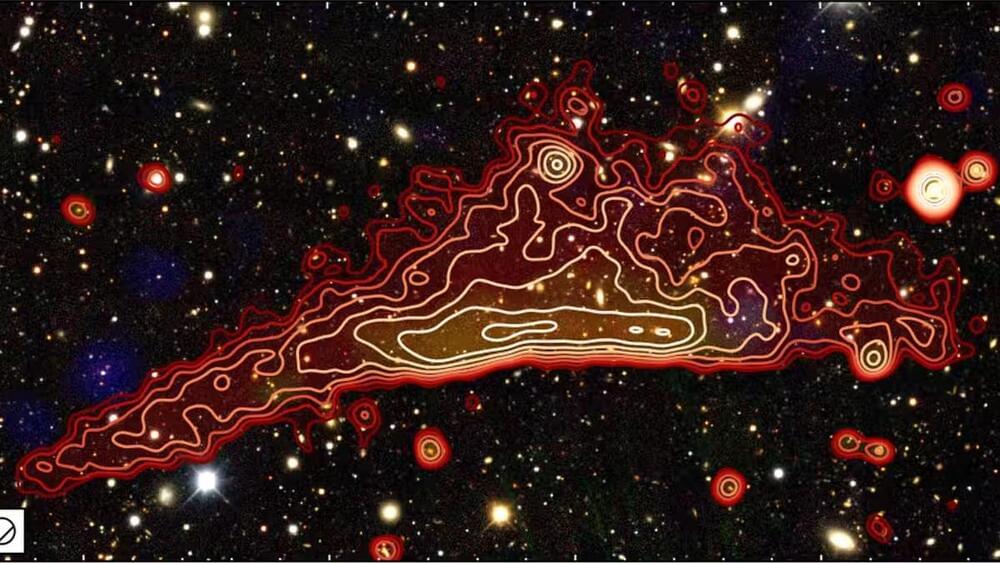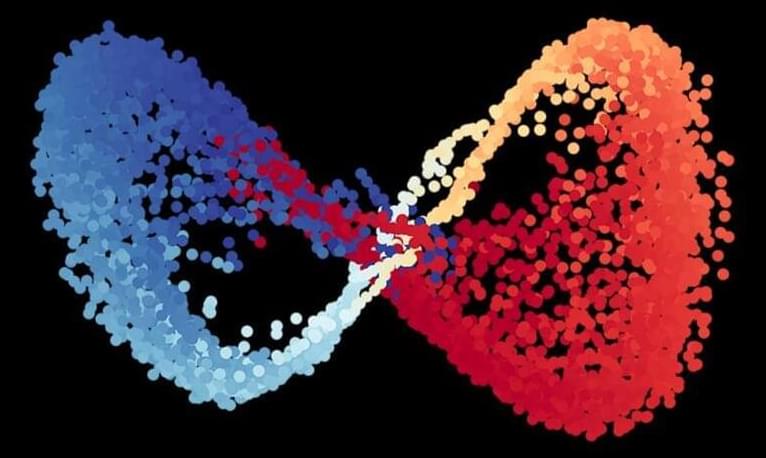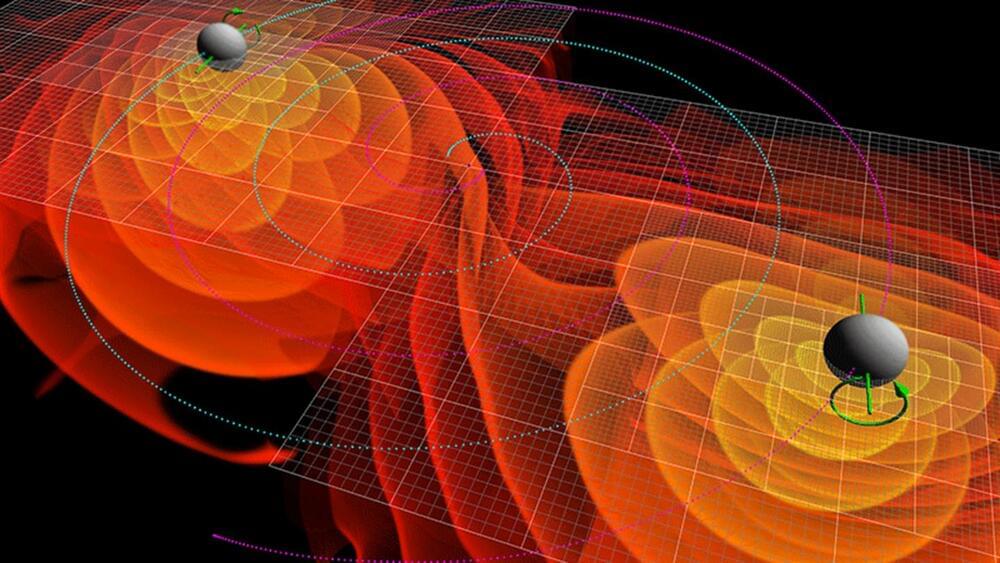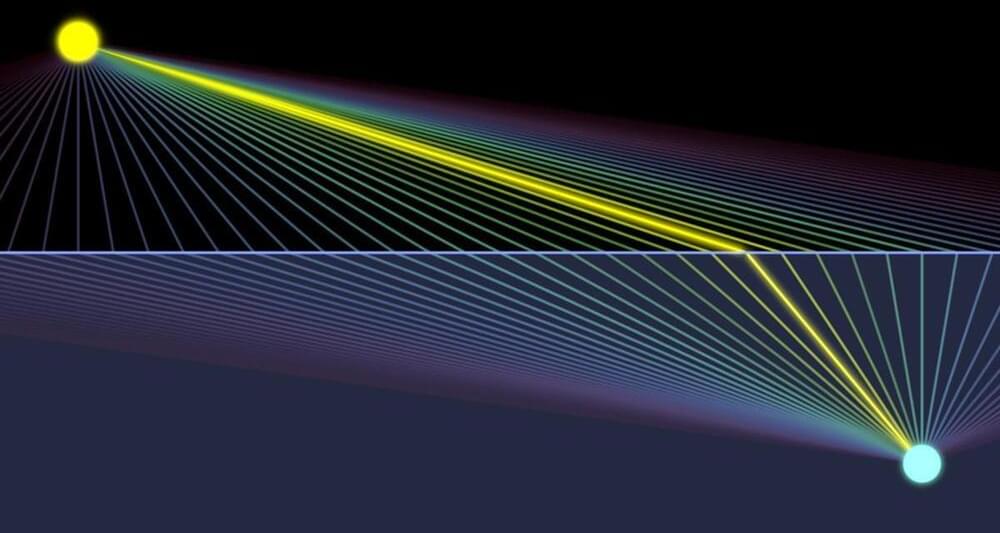Science, Technology, Health, Physics, Chemistry stay Updated.
Scientists from The Australian National University (ANU) and James Cook University (JCU) have identified an “exquisite” natural mechanism that helps plants limit their water loss with little effect on carbon dioxide (CO2) intake—an essential process for photosynthesis, plant growth and crop yield.
